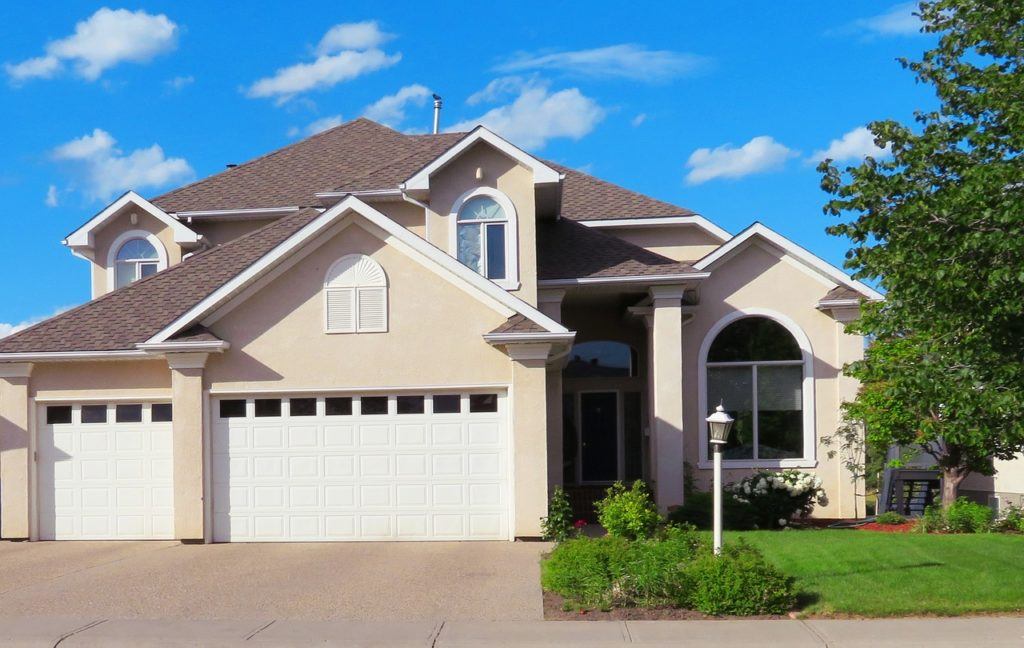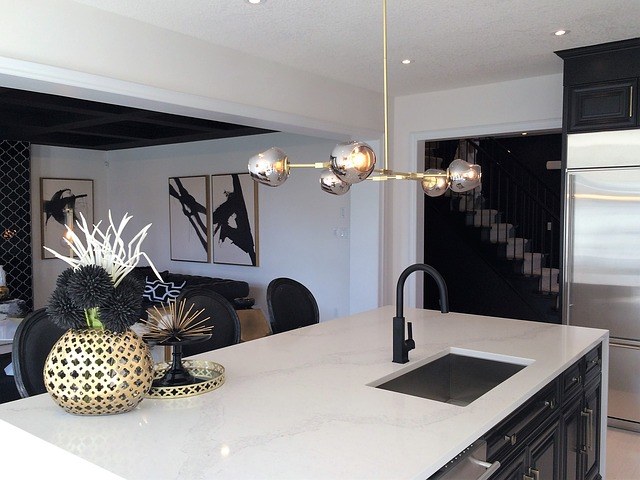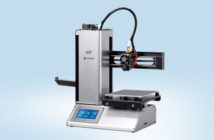Real estate photography, at first, sounds like a rather simple job. You’re taking photos of houses and locations – how hard can it be?
However, if you’ve ever tried your hand at snapshotting your home inside and out, and wondered why it lacked the depth and beauty of other online photos of a home, you’ll know there’s much more to the craft.
Professionals often take several classes on the topic and learn exactly what the best secrets are in order to capture excellent photos.
However, for those who wish to learn some of the basics or brush up on old lessons, here are a few tips to help you with professional real estate photography!
Contents
Real Estate Photography Basic Equipment
If you’re serious about the shoot, you’ll first want a tripod. These devices offer stability and increase the overall quality.
Furthermore, if you’re taking photos at night, your camera will be more likely to blur on account of the lens adjusting to fit the lower lighting.
The stability a tripod offers is extremely important for any budding photographer.
Other pieces of equipment you’ll need are a range of flashes. Some are better suited for smaller areas, whereas others are designed for larger ones.
When in the business of photography, versatility is key to capturing those winning photos.
Lighting
While it’s important in every style of photography, setting up the perfect lighting is essential for real estate pictures.
Natural light is your strongest asset and should be used liberally. However, if a certain room, or outdoor weather, won’t allow, then add light stands to the area or wait until the sun is shining once again.
A flash will help enhance what is already there, but won’t compensate for a gloomy area. Once supplemented light is in place, this will allow for a better atmosphere overall and make for prettier photos.
Lenses
The final piece of equipment necessary is a wide-angle lens. These will capture a larger area at once and give depth to a room, yard, or building exterior.
This will also provide a finer resolution, so what is included in the image is much sharper, more colorful, and realistic – as it would’ve been to the naked eye.
General Real Estate Photography Tips
When you’re taking your skills as a real estate photographer and going pro, in addition to your equipment, you should always have these key tools:
A Contract
It’s vital to have a contract and, more importantly, to know it front and back. What sounds like a thirty-minute photo shoot could turn into something much longer and more frustrating.
Knowing your contract will allow you to guarantee the amount you will be paid and ensure the promises made by your employer are legally binding.
Insurance
When photographing interiors or exteriors, you will come into constant contact with other people’s possessions.
As such, it is a good idea to have insurance, in case an accident does occur and you’re held responsible for the damage to their property.
Flexibility
Plans can easily get messed up, and as such, you will need to have other options available just in case.
If things aren’t going particularly well, sometimes the best option is to simply walk away and try again at a later date.
Poor lighting by afternoon may end up changing to great lighting in the morning, so it’s best to be patient. Whenever setting up a shoot, the more options you have, the better.
Editing
While some may frown upon it, editing will often enhance the image and make it sharper, larger, or more colorful.
A camera can only capture so much – editing will ensure the final image is more realistic to what you would see in person.
You can also use editing to enhance lighting if conditions wouldn’t allow for a brighter scene during the shoot.
However, be sure that editing is a last resort, rather than your first option. If your picture looks good alone, there is nothing to worry about.

Deadline
Finally, as with most creative jobs, it’s best to have a deadline. When working on a time limit, you’re more inclined to get the works done promptly, earning return customers.
Furthermore, you will be pushed to be more and more efficient, pumping out better quality work in less and less time until finally you have developed a mastery of your craft!
Final Notes On Real Estate Photography
People purchase real estate on three principles: location, price, and timing. When you take photos of the location, it alerts people to a tempting new option on their list.
Furthermore, it allows the client to show off their homes in a way that attracts future investors and takers.
When photographing an area, it’s important to remember that a bad photo is not a result of a poor subject; any home or area, no matter how shabby, can be improved with the right photographing techniques.






